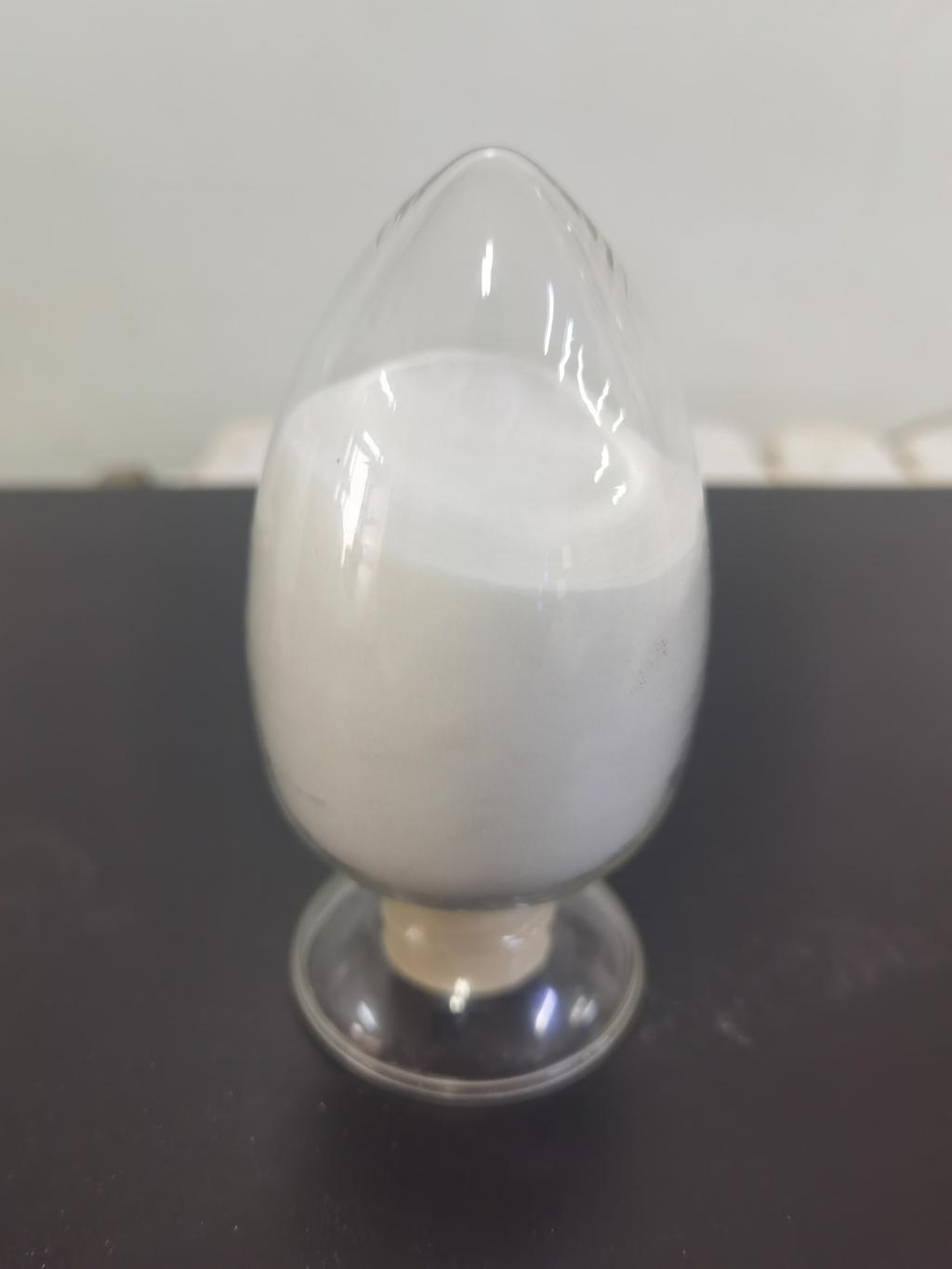Tel:+8618231198596

News
 CONTACT
CONTACT
 CONTACT
CONTACT
- Linkman:Linda Yao
- Tel: +8618231198596
- Email:linda.yao@dcpharma.cn
- Linkman:CHARLES.WANG
- Department:Overseas
- Tel: 0086 0311-85537378 0086 0311-85539701
News
Current Position:
Home >
News
>Is ε-Polylysine hydrochloride considered a GRAS substance by regulatory authorities?
Is ε-Polylysine hydrochloride considered a GRAS substance by regulatory authorities?
TIME:2023-07-26
Introduction:
In recent years, the demand for safe and natural food preservatives has increased, driven by consumer concerns about synthetic additives and chemical residues in food products. ε-Polylysine hydrochloride has emerged as a promising alternative due to its biological origin and proven antimicrobial efficacy. This article delves into the regulatory evaluation of ε-Polylysine hydrochloride as a GRAS substance, ensuring its safe use in the food industry.
Definition of GRAS:
The GRAS designation, established by the FDA in the United States, is a regulatory status that applies to food substances considered safe for human consumption based on scientific evidence and widespread historical use. Food additives or substances that are generally recognized as safe do not require pre-market approval, although manufacturers must provide scientific data to support their safety claims.
Safety Assessments of ε-Polylysine Hydrochloride:
The safety of ε-Polylysine hydrochloride has been extensively evaluated by regulatory authorities worldwide. Several studies, including acute and subchronic toxicity tests, genotoxicity assessments, and allergenicity studies, have been conducted to determine its potential adverse effects on human health. Results consistently show that ε-Polylysine hydrochloride exhibits low toxicity and lacks genotoxic or allergenic properties at the levels used in food applications.
FDA Evaluation:
In the United States, the FDA has conducted comprehensive safety evaluations of ε-Polylysine hydrochloride as part of the GRAS notification process. Based on the scientific data submitted by food manufacturers, the FDA has concluded that ε-Polylysine hydrochloride is safe for use in specified food categories at approved usage levels.
EFSA Evaluation:
The EFSA, responsible for food safety assessment in the European Union, has also evaluated ε-Polylysine hydrochloride as a food additive. Following a thorough review of scientific evidence, the EFSA concluded that ε-Polylysine hydrochloride is safe for use as a preservative in various food products, subject to specific maximum permitted levels.
Antimicrobial Efficacy:
One of the key factors contributing to the GRAS status of ε-Polylysine hydrochloride is its potent antimicrobial activity. Studies have shown that ε-Polylysine hydrochloride effectively inhibits the growth of bacteria, molds, and yeasts, thereby extending the shelf life of perishable food items and reducing the risk of foodborne illnesses.
Permissible Usage Levels:
Regulatory authorities specify maximum permitted levels of ε-Polylysine hydrochloride in different food products to ensure its safe consumption. These levels are based on toxicological evaluations and the concentration required for effective preservation without adversely affecting product quality or sensory attributes.
Applications of ε-Polylysine Hydrochloride in Food Products:
ε-Polylysine hydrochloride finds application in a wide range of food products, including meat and poultry, seafood, dairy, bakery items, sauces, and dressings. Its ability to control spoilage microorganisms makes it a valuable tool in enhancing food safety and extending shelf life.
Labeling and Consumer Awareness:
While ε-Polylysine hydrochloride is considered safe for use, proper labeling is essential to ensure consumer awareness and informed choice. Food manufacturers must accurately declare the presence and concentration of ε-Polylysine hydrochloride in their products on the ingredient list.
International Acceptance:
The recognition of ε-Polylysine hydrochloride as a GRAS substance by the FDA and EFSA has a significant impact on its international acceptance. Many countries and regions often reference the evaluations of these reputable regulatory bodies when considering the safety of food additives.
Conclusion:
ε-Polylysine hydrochloride, derived from natural sources and produced through bacterial fermentation, has been extensively evaluated by regulatory authorities. The GRAS designation by the FDA and EFSA underscores its safety and suitability for use as a food preservative. With its antimicrobial efficacy and minimal toxicity, ε-Polylysine hydrochloride offers the food industry a safe and effective alternative to synthetic preservatives, contributing to improved food safety and consumer satisfaction.
- Tel:+8618231198596
- Whatsapp:18231198596
- Chat With Skype







